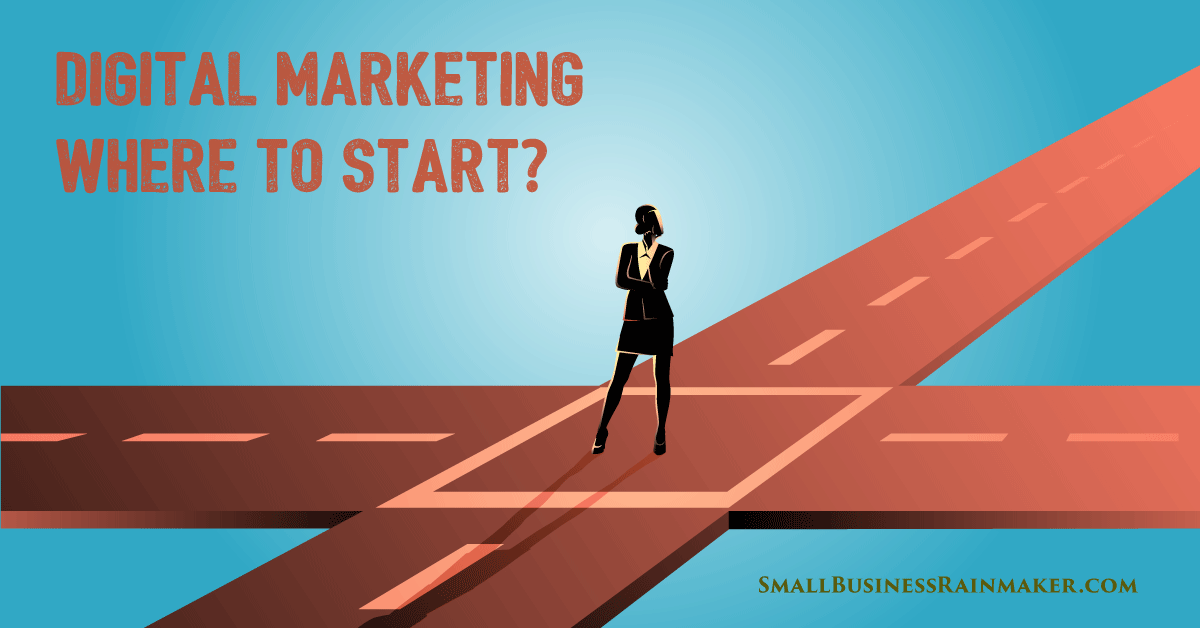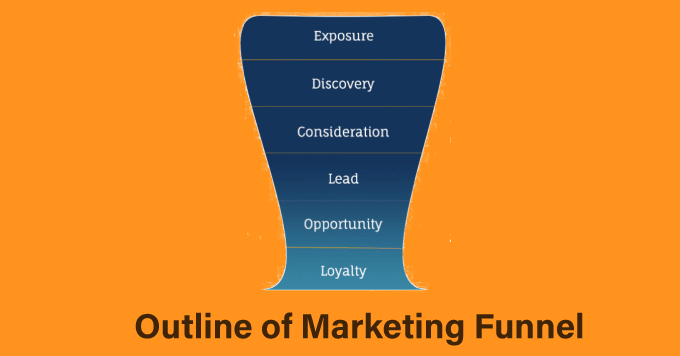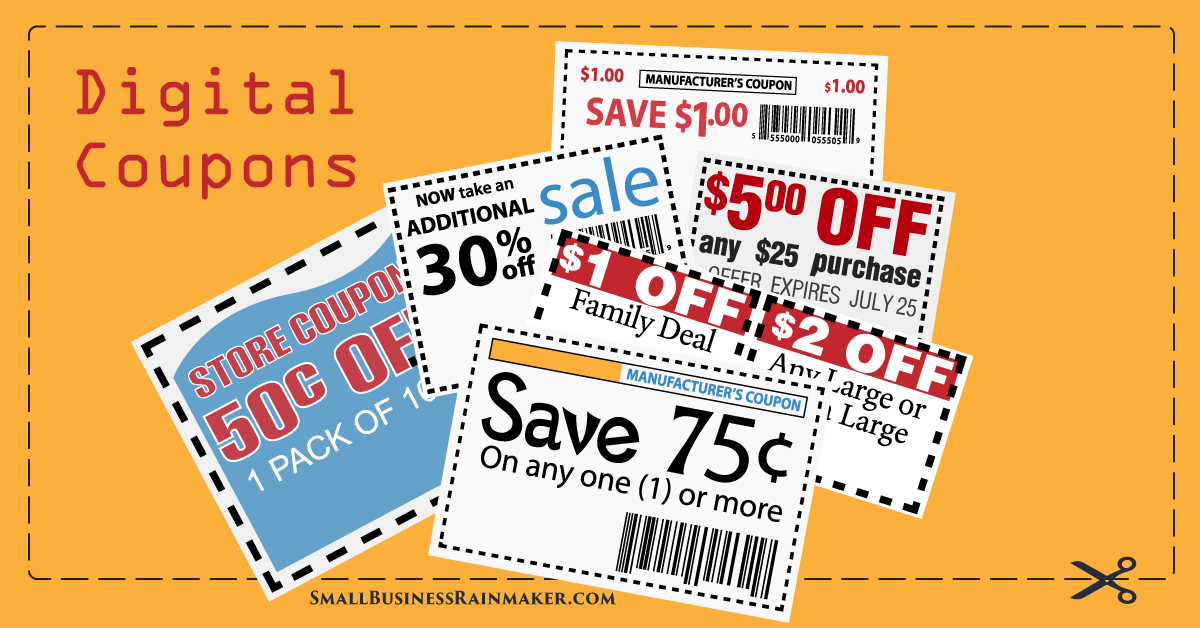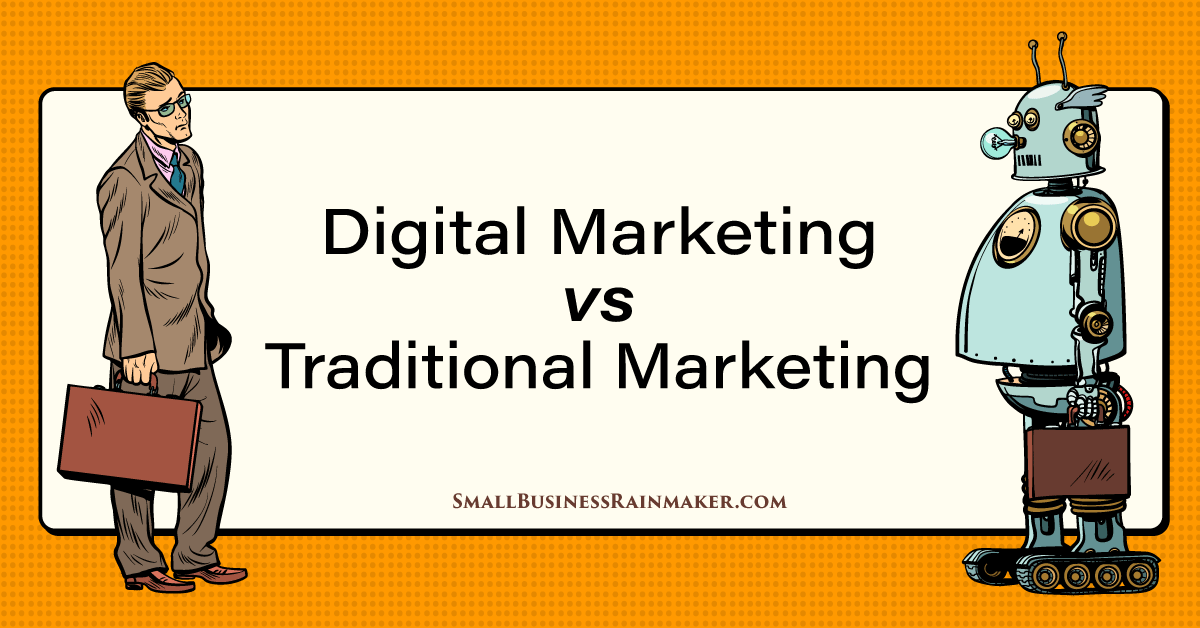
All too often we hear of people getting burned with their online marketing efforts.
Here’s why. Sometimes they launch into the harder tactics that take years to pay off, while other times they shovel buckets of money into campaigns without having measurable KPI's that both parties agreed to.
People often contact us for SEO help, but it’s always the last service we try to sell. SEO takes commitment, patience and sometimes a major investment, depending on what vertical they are working in.
There is often a much easier way to market. Sure, it can cost a bit more in the short term, but you’ll get a sense of the level of return you can expect, you’ll know what it's like to work with an agency, and you’ll understand more about digital marketing. Ultimately, you’ll know what you’re paying for and you’ll be able to spot the cowboys out there.
As an agency owner I’ve seen people come to me with horror stories, and they aren’t pretty. Today I want to help you understand what you need to know as a doctor, a local business owner, a CEO, or a director to run a successful campaign online or hire an agency.
Whether you’re doing this yourself or hiring a digital marketing agency, get a simple campaign set up to start, and make sure it’s successful. Preferably it will be a paid campaign that can be turned on and off at the click of a finger so you can change the direction and targeting on a whim.
However, before you set up a campaign, a bit of research needs to be done in order to increase the likelihood of success.
Getting Started with Digital Marketing: Know Who You Are Targeting
I would say maybe 10% of our clients come to us with personas already created. Even so, there is rarely a time when they can’t learn something new that will help their campaign. As far as I can recall, none of them have ever come to me with a persona they developed through questionnaires.
You need to ask your existing customers, and I mean physically ask:
- Why they chose you over a competitor,
- What pain points triggered them to search for the service you offer, and
- What keeps them awake at night.
These are all the things you need to know to make compelling messaging, and you need to identify who you should be targeting.
From here you can create personas and meaningful messaging for campaigns that help solve a problem for your customers.
What Does the Customer Journey Look Like?
Determine how your customers found you. Again, asking them for this information directly will be invaluable to you.
- Did they talk to a friend or family member about their issue who then referred your business as the solution?
- Did they speak to consultants and industry experts before finding out about your service or product?
- Did they research online and find multiple people who can satisfy their needs?
You must understand how your customers are finding you in order to be able to use the right media to reach out to potential prospects.
So now you’ve identified how people are finding you. The next step is to identify which media they used along that journey.
The 6 Stages of the Marketing Funnel
The marketing funnel is probably one of the most beneficial marketing tools I’ve learned over my career. It helps you visualize who you should be targeting, when you should be targeting them, and pinpoint the messaging you should be using.

1. Exposure Stage
People in the exposure stage might not even know they have a problem, because they aren’t actively searching for your product or service. Your messaging needs to make them aware of your problem. The goal should be interaction, which might be a Facebook like or a click through to the website.
2. Discovery Stage
The discovery stage is where customers might accept they have a problem and take note of your service, but aren’t in the right mindset to purchase. A newsletter sign-up is generally the sort of measurable KPI you want here.
3. Consideration Stage
The consideration stage is generally people looking for your product or service and comparing similar ones on the market. They’ve decided they want to buy. You should be looking for the sale here.
4. Lead Stage
After this they become a lead. They might talk to sales staff or complete account details and potentially request a proposal.
5. Opportunity Stage
The lead then makes the purchase in the opportunity stage.
6. Loyalty Stage
Finally, in the loyalty stage, your customer comes back multiple times and refers your services or products to others.
The Ground Work’s Done. What’s Next?
By this stage I hope you can see the importance of going through the steps above:
- You now have killer messaging for adverts.
- You know who you should be targeting.
- You know which media they use before contacting you.
Digital Marketing Tips for Various Funnel Stages
At each stage of the funnel your customer has a different mindset, so your messaging will have to change. The media you use will also change.
Exposure Stage
For example, at the exposure stage, the market size is probably thousands of people. Blogging, content marketing, display campaigns, and other forms of free or inexpensive advertising that will reach wide audiences is a good choice.
About 80% to 90% of people at this stage aren’t going to care about your product or service. Your adverts should make them aware of the issue and possibly lead them to an article with more information. The measurable outcome for these efforts: website visits and time on page.
Discovery Stage
The discovery stage is good for brand awareness. These customers should have identified themselves as interested in your industry and have a potential need for your service but have no intent to purchase.
Generally, social media campaigns are very effective here. Sometimes a potential customer can completely pass the consideration stage and reach out directly if you hit them with the right messaging. It’s important to note that the goal here should not be to sell, but to engage with customers. The measurable outcome for these efforts: sign-ups, messages, and downloads.
Consideration Stage
Finally, we have the consideration stage, where Google Ads and ranking for certain keywords organically is important. When someone searches for your service or product, you need to appear at the top of Google in order to beat your competition. The measurable outcome for these efforts: leads and sales.
Where to Start Your Campaigns
Start from the inside of the funnel, going out slowly and building it as you gain more and more success. Start at the consideration stage because these people are ready to buy. You’ll see the best return quickly.
I recommend starting with Google Ads. Our customers generally see a return in a month or so. SEO might take 4+ months or, if you’re starting SEO from scratch, it could be as long as 12 months before you start to see results.
Remember, start with a small campaign and don’t move on to your next campaign until it’s successful.
Then as your Google Ads campaign is successful, think about building your funnel out and getting people to sign up for a discovery call or newsletter, or download a whitepaper using lead forms on social media.
After this, you can be confident that you’ve turned your target customers into buying customers. You’ll be used to working with an agency, if you’ve gone that way, and you’ll have had time to learn about the ins and outs of a campaign. You’ll have plenty of data and confidence to build your SEO campaign.
Finally, to dominate the market, you can begin to add in awareness campaigns like content marketing and blogging, as well as display campaigns.
Measurement — Parting Words of Advice
Anyone running a marketing campaign needs to measure it. You need realistic measurements and goals.
As mentioned earlier, the end goal at each stage of the funnel will change. You need SMART goals and you need to track them in Google Analytics. You can use Tag Manager to set up events in Google Analytics. It’s a bit complicated at first, but once you know how to implement event tags, they will supercharge your campaigns because you’ll be able to measure multiple data points.
Know exactly how much revenue you are getting from your campaigns, measure each step of the funnel, and have completion rates so you can focus on improving them and moving prospects down the funnel.
Don’t ever start a campaign without very clear goals and a very good understanding of your users’ needs.
 Ronan Walsh has been an SEO consultant for nearly 10 years and has helped hundreds of sites rank. He started his own agency, Digital Trawler, in 2017 and since then has completed work for the EU, HSE (Irish Health Service) as well as a multitude of sites from local services to large international e-commerce sites.
Ronan Walsh has been an SEO consultant for nearly 10 years and has helped hundreds of sites rank. He started his own agency, Digital Trawler, in 2017 and since then has completed work for the EU, HSE (Irish Health Service) as well as a multitude of sites from local services to large international e-commerce sites.













Leave a comment